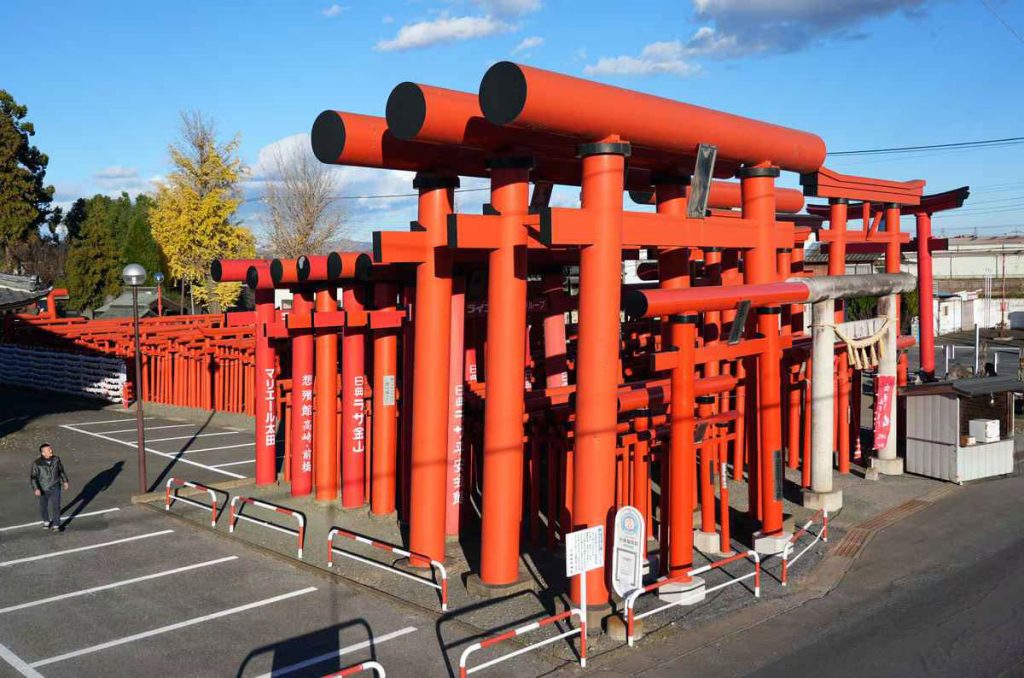
Various sizes of torii gates lined up in the grounds of Koizumi Inari Shrine in Isezaki City, Gunma Prefecture .(©Sankei by Kazuya Kamogawa)"
このページを 日本語 で読む
Traveling through the peaceful rural area of Isezaki City in Gunma, countless red torii gates of various sizes immediately catch the eye. They are packed closely together, leading toward the main hall of the Koizumi Inari Shrine. The sight evokes memories of the "three Cs" we were told to avoid during the pandemic: confined spaces, crowded places, and close-contact settings.

Symbols of Gratitude
The shrine is believed to have been founded during the Heian period. According to Toshio Tamura, the head of the shrine's parishioners, the torii gates were dedicated by those who received blessings after their visits. There are a total of 283 torii gates.


The uneven arrangement of the gates reflects the deep faith of the people. Originally made of wood, many of the gates decayed over time. As a result, new gates were built to replace the old ones, creating irregularities in size and causing some gates to be closely packed together.


RELATED:
- Hidden Wonders | The 'Floating' Torii Gates of Oouo Shrine
- Hidden Wonders | Paying Tribute to Time at a Clock Festival
- Mystical 'Air Shrine' in Asahi Town Conveys the Universal Value of Clean Air
- [Hidden Wonders of Japan] Best Cherry Blossom Viewing Spots Await at Takayama Inari Shrine
Author: Kazuya Kamogawa, The Sankei Shimbun
このページを 日本語 で読む








